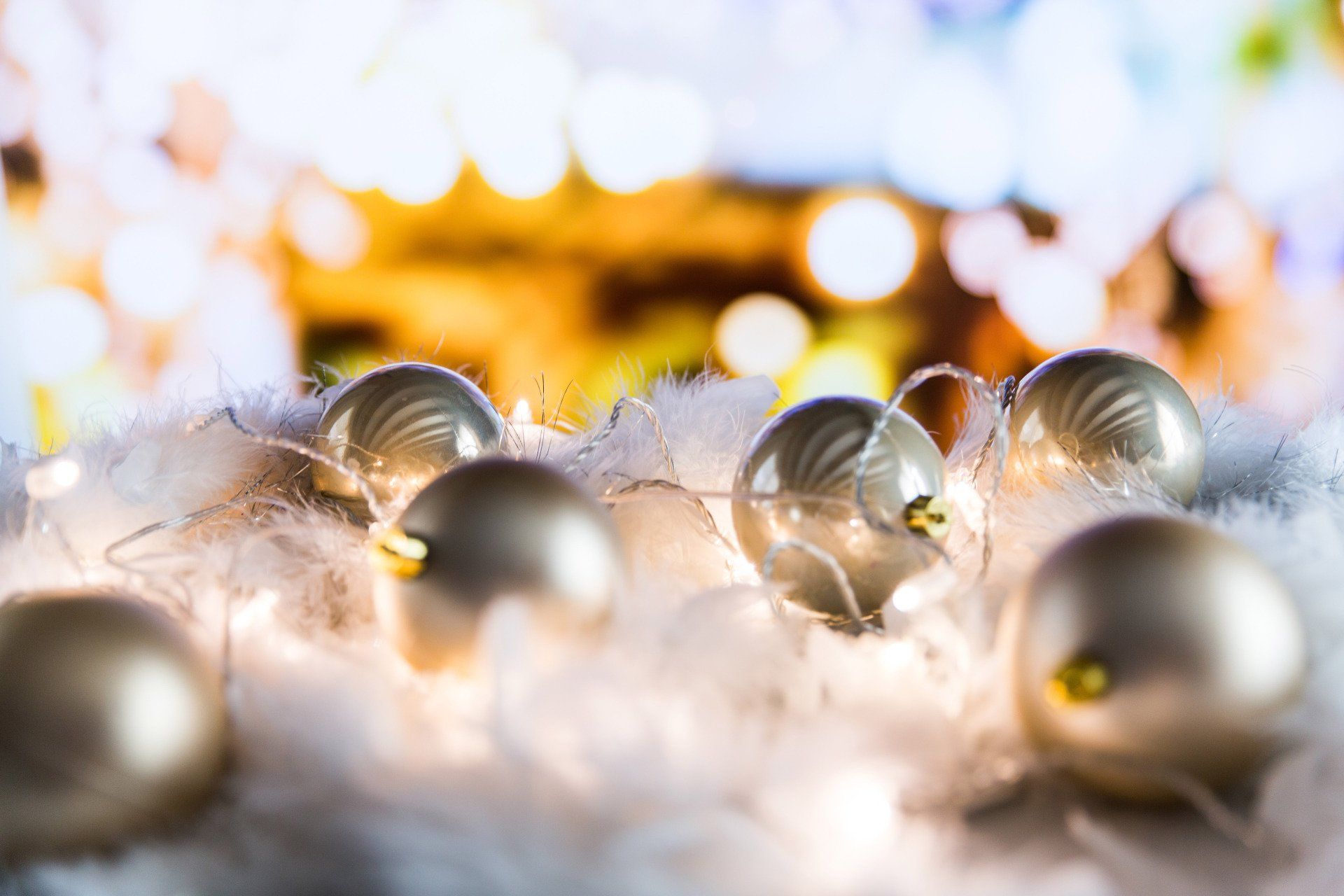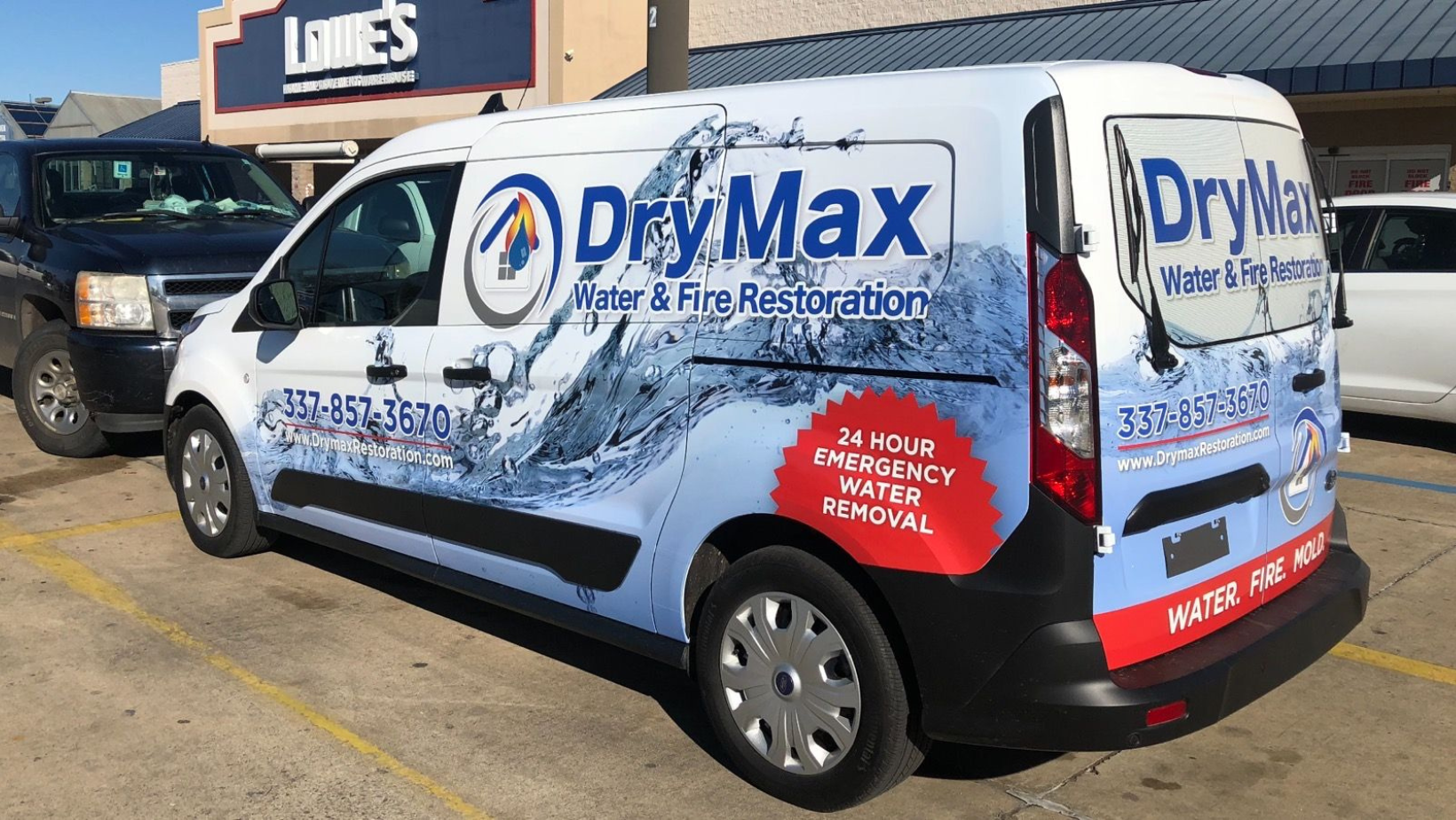Keeping the Holidays Merry and Safe: Essential Tips for Preventing Fires
Keeping the Holidays Merry and Safe: Essential Tips for Preventing Fires
This article provides tips and precautions for avoiding holiday fires, including inspecting and maintaining decorations, safe practices for candles and lights, selecting and caring for Christmas trees, safe use of heating sources, fire safety equipment, creating a personalized fire escape plan, and the importance of implementing these measures to protect homes and loved ones during the holiday season.

Holiday Fire Hazards
As the holiday season approaches, the risk of home fires increases significantly. Statistics show a higher frequency of home fires during this time, often attributed to causes such as cooking, heating, and electrical malfunctions. Fall and winter holidays bring unique fire hazards, emphasizing the need for increased awareness and precautionary measures. It is crucial for individuals to understand the potential fire risks and take simple precautions to keep their homes and families safe during the holiday season.
Inspecting and Maintaining Holiday Decorations
Proper inspection and maintenance of holiday decorations are essential steps in preventing fire hazards. It is important to carefully check for damaged cords, loose connections, and frayed wires on decorative lights to avoid potential electrical malfunctions that could lead to fires. Additionally, the proper storage and handling of decorations can also minimize the risk of fire accidents.
For instance, a damaged cord on a string of lights could pose a significant fire hazard. If the protective outer covering of the wire is compromised, the exposed wires could spark and ignite nearby flammable materials, potentially causing a fire.

Safe Practices for Candles and Lights
During the holiday season, it's crucial to adhere to safe placement guidelines for candles and lights to prevent accidental fires. Candles should be placed away from flammable items and extinguished before leaving the room or going to bed to minimize the risk of fire incidents. Similarly, when using decorative lights, whether indoors or outdoors, it is important to ensure proper positioning to minimize fire hazards. Using extension cords designed for outdoor use and checking for faulty products can also contribute to fire prevention efforts.
For example, leaving a candle unattended near a Christmas tree or other flammable decorations could lead to a dangerous fire. Similarly, using damaged or frayed electrical cords for decorative lighting increases the risk of electrical fires, particularly when combined with combustible materials.
Selecting and Caring for Christmas Trees
Choosing a safe Christmas tree and ensuring proper tree care are vital in avoiding fire damage during the holidays. This includes selecting a fresh tree and maintaining its water level to reduce fire risks. Safe placement of the tree away from heat sources and regular inspection of its condition are also important precautions to consider.
For instance, a dry Christmas tree is highly flammable and can lead to rapid and extensive fires. By regularly watering the tree and keeping it away from heat sources such as fireplaces and radiators, the risk of a devastating tree-related fire can be significantly reduced.

Safe Use of Heating Sources
Proper use and maintenance of heating sources, including fireplaces, outdoor fire pits, and other heating devices, are essential for preventing holiday fires. Having the fireplace inspected annually to ensure safe operation and minimize fire risks is crucial. Additionally, following safety tips for using and maintaining heating sources can significantly reduce fire hazards.
For example, failure to clean the chimney of a fireplace can lead to the accumulation of flammable creosote, increasing the risk of a chimney fire. Regular maintenance and cleaning reduce the likelihood of this hazardous situation, ensuring a safer holiday season for homeowners.
Fire Safety Equipment
Smoke detectors and fire extinguishers play a critical role in early fire detection and containment. Regularly testing and maintaining smoke detectors to ensure their functionality is essential for early warning in the event of a fire. Similarly, placing fire extinguishers in key areas of the home for quick accessibility is an important fire safety measure.
For instance, a smoke detector provides early warning of a fire, allowing occupants to evacuate safely and promptly. In the event of a small, contained fire, a fire extinguisher can be used to prevent the fire from spreading and causing extensive damage.
Creating a Personalized Fire Escape Plan
Having a well-defined fire escape plan for the household is crucial for holiday fire safety. Developing and practicing a comprehensive fire escape plan, including designated meeting points, is important for ensuring the safety of all occupants in the event of a fire. Resources are available for obtaining additional guidance on creating a personalized fire escape plan.
For example, in the event of a fire, a pre-established escape plan ensures that family members know how to quickly and safely exit the home. This preparedness can significantly reduce the risk of injuries and fatalities in the event of a fire.

Conclusion and Call to Action
In conclusion, it is imperative for individuals to recognize and address the increased fire hazards associated with the holiday season. By implementing the suggested safety measures and precautions, such as inspecting decorations, practicing safe candle and light usage, and creating a fire escape plan, homes and loved ones can be safeguarded from potential fire damage. It is essential to stay informed about local fire safety regulations and resources for further information to ensure a safe and joyous holiday season.
What to do after a fire?
If you have experienced fire damage this holiday season, contact DryMax Water - Fire - Mold to get fast, reliable fire restoration.
You might also like
DryMax Restoration Blogs




